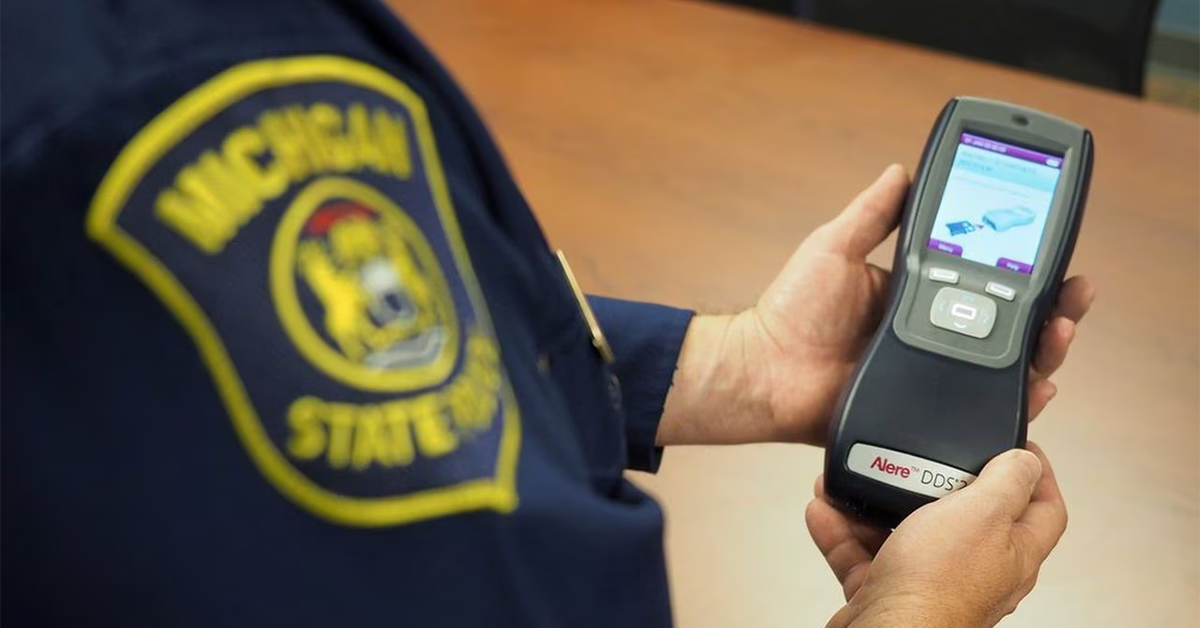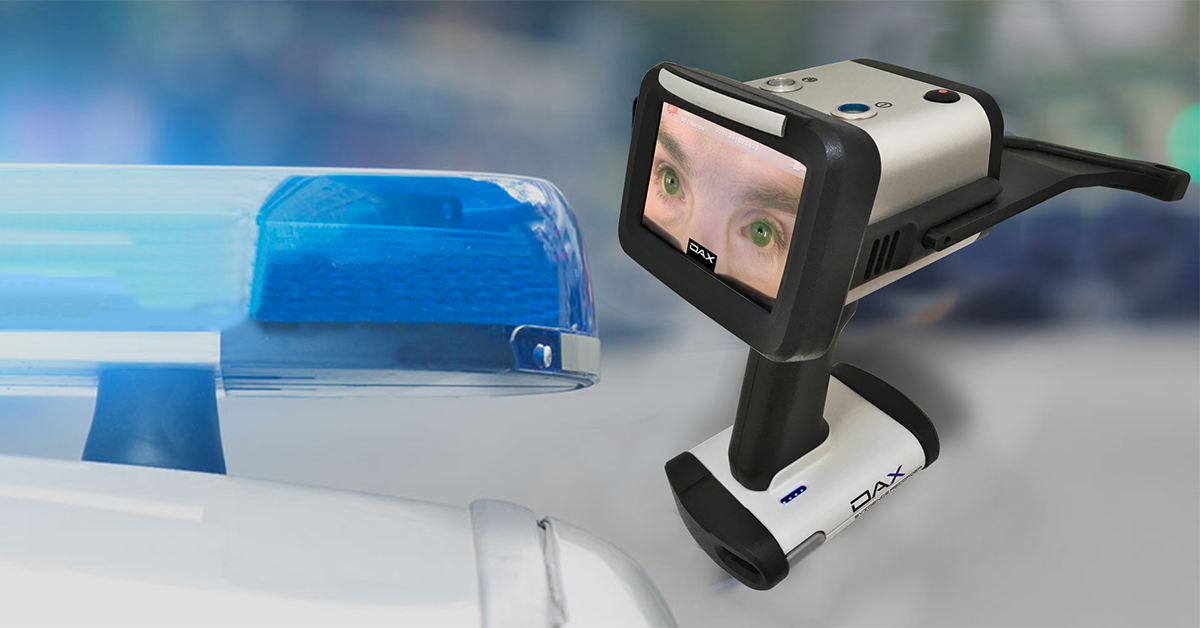Michigan and the Challenge of Roadside Marijuana Tests

Statewide legislatures, including Michigan's, are progressively implementing laws based on roadside saliva tests for drug-impaired driving. Of primary concern is the detection of THC, the key psychoactive ingredient in marijuana. Yet, while well-intentioned, these laws underscore a tension between legal enforcement and scientific evidence.
Alcohol impairment is readily gauged with breath tests, as blood alcohol concentration directly corresponds to impairment levels. Marijuana, however, is a different challenge. THC blood levels don't directly equate to impairment, a fact supported by research from the University of California, San Diego, which found that field sobriety tests aren't precise enough on their own to detect THC impairment.
This situation is exacerbated by the fact that THC lingers in the body for days or even weeks after consumption. Current tests struggle to differentiate between a driver impaired from recent marijuana use and one who consumed days earlier.
In Michigan's neighboring state, Kansas, law enforcement has adopted the SoToxa test, which detects THC and other drugs. However, its use is problematic. SoToxa only detects the presence, not the concentration, of a drug. The foundational principle of pharmacology, "the dose makes the poison," reminds us that it's the quantity, not mere presence, that determines impairment.
Implications extend beyond driving. Many sectors, such as transportation and healthcare, mandate drug tests. Workers can lose their jobs due to these flawed tests. For instance, a truck driver might test positive for THC because of legal hemp-based CBD oil consumption, which can contain trace amounts of THC.
Michigan stands at a crossroads, reflecting the broader national dilemma. With marijuana decriminalization gaining traction, it's essential to revisit and refine our testing methods. Organizations like Stop Drugged Driving and studies from the AAA Foundation for Traffic Safety emphasize the complexities in determining THC impairment thresholds.
The allure of a zero-tolerance policy, while administratively simpler, risks unjustly penalizing unimpaired individuals due to highly sensitive testing equipment. We must prioritize both public safety and fairness. In this effort, the guiding principle should be to uphold scientific accuracy and justice, even if it means resisting quick fixes and reevaluating our approach to drug testing in Michigan.
Ohio's New "Impairment Detection" Device: A Futile Expense or a Game Changer?

As neighboring Ohio recently announced the adoption of the DAX Evidence Recorder to monitor suspected impaired drivers, many Michigan residents might be asking: Could Michigan be next? However, the purported effectiveness of this device raises some significant questions and eyebrows.
The Ohio Department of Public Safety proudly declared that the Ohio Traffic Safety Office received a $15,087 grant from the Governors Highway Safety Association and Responsibility.org. This grant aims to train officers in utilizing the DAX Evidence Recorders, devices designed to record eye movements and other physical responses of those believed to be under the influence.
The Ohio State Highway Patrol's data suggests that marijuana impairment is an escalating problem, with nearly one in four of their 100,000 OVI arrests since 2018 allegedly related to the substance. OTSO Director Emily Davidson passionately states that the DAX Evidence Recorder will provide the crucial training and tools law enforcement needs to "remove dangerous drivers from the road."
But let's pause and consider the implications here.
Firstly, the idea of detecting marijuana impairment through eye movements and physical responses is problematic at best. Unlike alcohol, marijuana impairment is not linear and does not manifest identically in all users. Some habitual users may exhibit few outward signs of intoxication, while occasional users might seem impaired even with minimal consumption. Can the DAX device differentiate?
Furthermore, the idea that this device will "keep officers in the field" seems a bit lofty. The implication is that by providing video and audio evidence, many impaired driving cases will be settled before court. Yet, without clear scientific validation of the DAX Evidence Recorder's effectiveness, it's possible that these recordings could be challenged and dismissed in court. This would not only waste taxpayer money but could also inadvertently allow impaired drivers to evade consequences.
Michigan residents should be watchful. While the intent of Ohio's move is commendable, the execution seems shaky. We need solutions grounded in science, not gimmicky devices that might not stand the test of a courtroom. With the increasing normalization of marijuana use in both Michigan and surrounding states, it's crucial to address driving safety with credible methods, not questionable ones.
For those curious about how the DAX Evidence Recorder operates, check out the official video demonstration below. Decide for yourself: Is it the future of impairment detection or just another expense with limited impact?
Note: This opinion piece is written from a speculative viewpoint based on the information provided. The efficacy and real-world application of the DAX Evidence Recorder are yet to be fully observed and understood.

 Helpful Links
Helpful Links